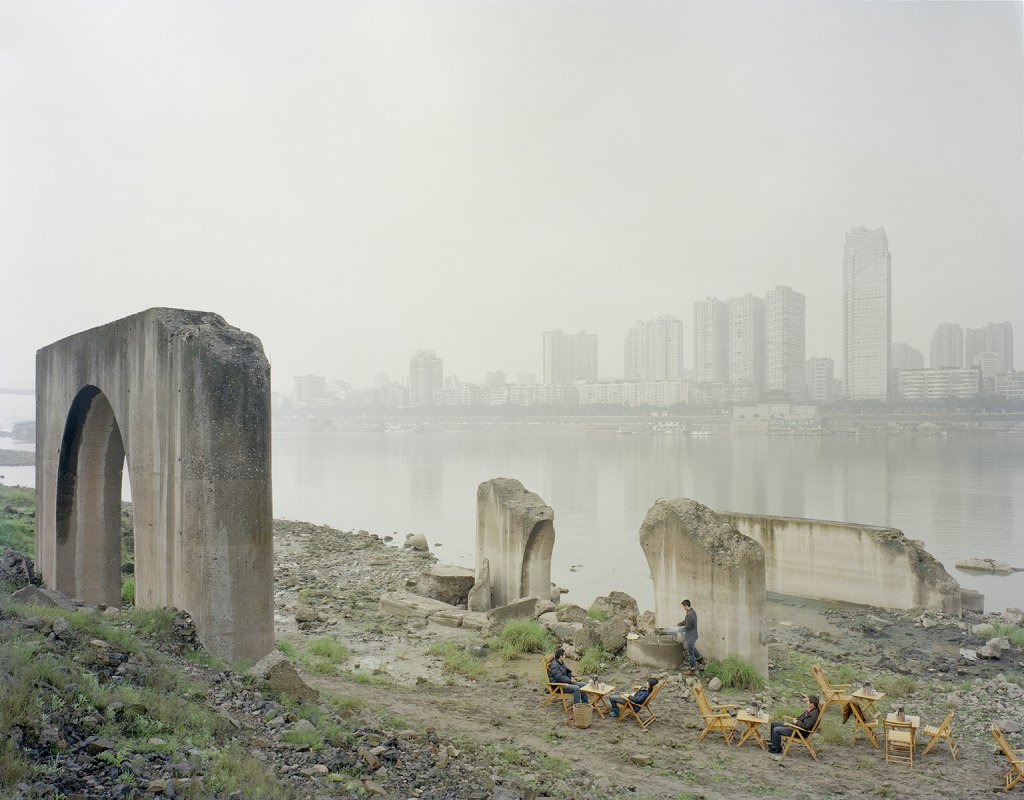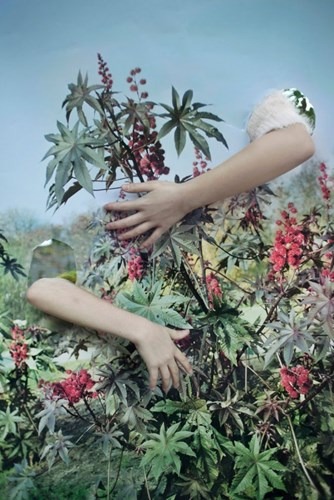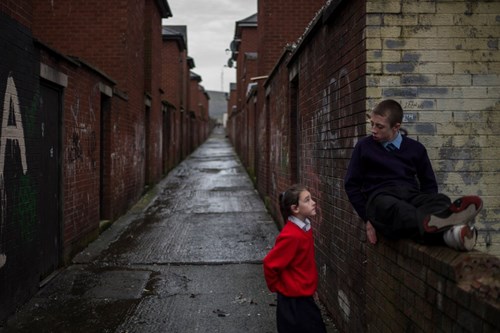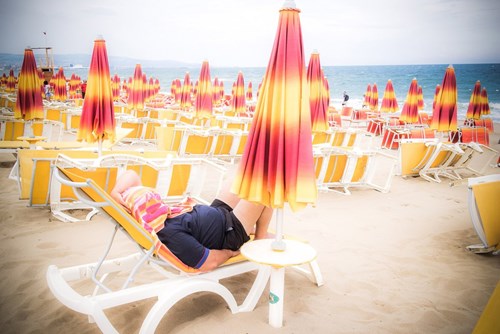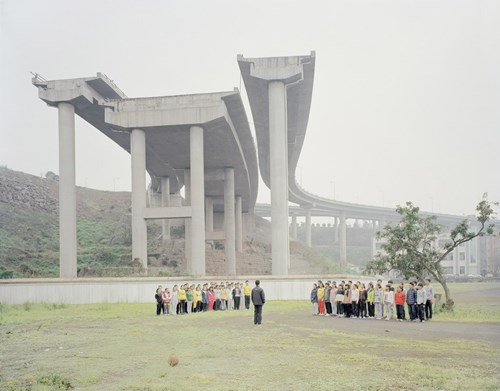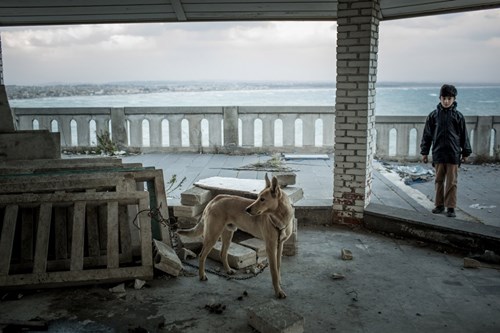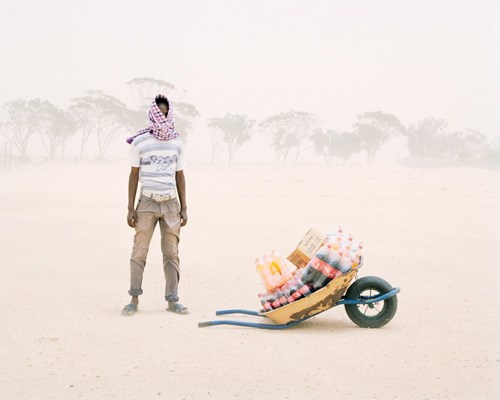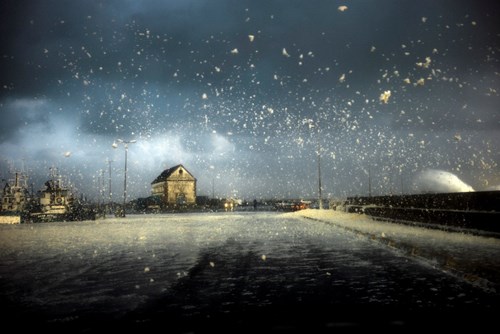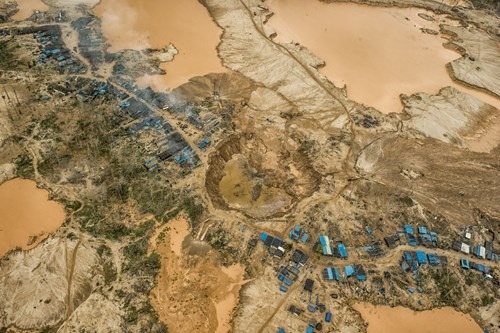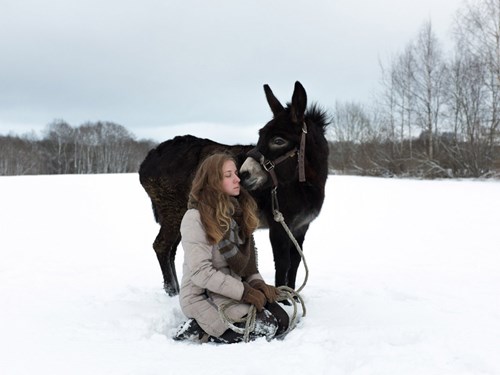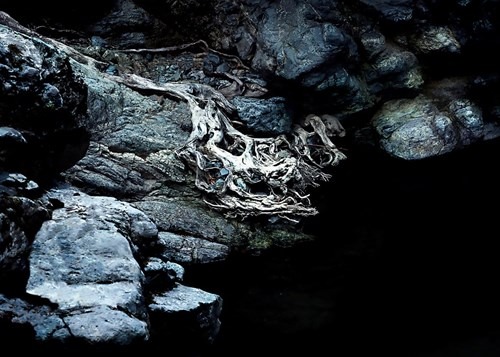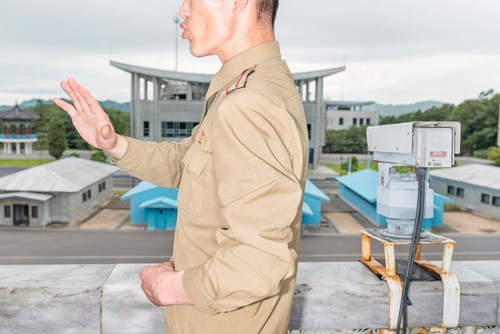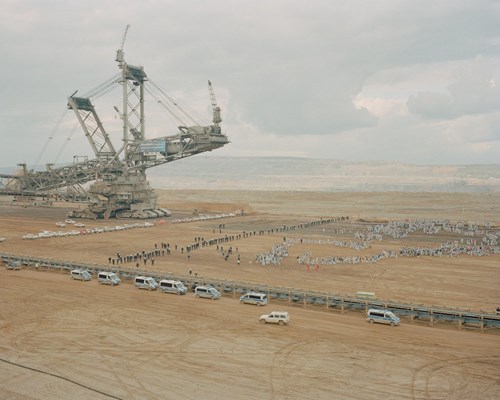Image © Kechun Zhang
Leica has revealed the 12 finalists vying for the Leica Oskar Barnack Award (LOBA) 2018. This year, the prestigious award attracted entries from 2,500 professional photographers from 110 countries, each of whom submitted a series of 10-12 images demonstrating ‘the relationship between man and the environment’.
Image © Vanja Bucan
Vanja Bucan, Sequences of Truth and Deception
In her series “Sequences of Truth and Deception,” Vanja Bucan deals with our ambivalent relationship to nature, which, she says, is dominated by dominance, exploitation, and idealization. In portraits and still lifes Bucan tries to create a complex and deconstructed vision of nature. Vanja Bucan was born in 1973 in Nova Gorica, Slovenia. She currently lives and works in Berlin.
Image © Stephen Dock
Stephen Dock, Architecture of Violence
The fear of peace and the aftermath of war in a country: this is what interested Stephen Dock about Ireland and launched his “Architecture of Violence” project in 2012.
Stephen Dock studied Photography in Lyon and works as a photojournalist for various French magazines. He is interested in dysfunctional societies and photographs conflict zones such as the West Bank, Syria and Mali.
Image © Turi (Salvatore) Calafato
Turi (Salvatore) Calafato, Amuninni ‘u mari (Let’s go to the sea)
In summertime, Sicilians move their lives to the beaches. With his “Amuninni ’u mari” (Let’s go to the sea) series, Turi Calafato observes people in their daily sea-side activities, documenting the colourful hustle and bustle on the beaches. Turi (Salvatore) Calafato was born in 1979. He lives and works as a free-lance photographer in Italy.
Image © Kechun Zhang
Kechun Zhang, Between Mountains and Water
The interaction between people and nature is one of Kechun Zhang’s favourite subjects. In “Between Mountains and Water” he deals with two natural phenomena that touch people’s emotions in China in particular. With his images, he creates documentary artefacts that appear to halt the high- speed passage of time for a brief moment. Kechun Zhang was born in Sichuan in 1980. After participating in numerous international photo festivals, his work was exhibited in the USA, Canada and China. The photographer currently lives in the Chinese metropolis of Chengdu.
Image © Christian Werner
Christian Werner, Road to Ruin
Christian Werner’s reportages tell emotional stories about the harsh realities of life in conflict zones. “Road to Ruin” – taken following the fall of Aleppo – shows different stations along the way during a trip through Bashar al Assad’s Syria. Christian Werner was born in Hanover in 1987. He studied Photojournalism and Documentary Photography at college there. His work appears in magazines such as Spiegel, the Washington Post and LFI.
Image © Samuel Gratacap
Samuel Gratacap, Presence
Samuel Gratacap’s work moves between photo journalism and visual art. Since 2007, Gratacap has been documenting the lives of refugees and migrants crossing the Mediterranean. In his “Presence” series, he brings together images from both sides of the Mediterranean for the first time. For this purpose, he photographed in Italy, Tunisia and Libya. Samuel Gratacap was born in 1982 and studied Art at the École Supérieure des Beaux-Arts in Marseille.
Image © Stéphane Lavoué
Stéphane Lavoué, On the Edge of the World
In “On the Edge of the World”, Lavoué tells the story of the fishing industry through the eyes of those who remain on shore: the women in the canning factories, and the workers that produce tons of ice for storing the fish. Stéphane Lavoué was born in 1976 and initially graduated in Engineering. He was a finalist for the Leica Oscar Barnack Award in 2016, and winner of the Prix Niépce in 2018.
Image © Ernesto Benavides
Ernesto Benavides, Dredges
Every year, a number of hectares of Peruvian forest are lost to illegal gold mining. Benavides’s “Dredges” series presents impressive aerial photographs of this destructive exploitation of nature. In addition to his own photo projects, Benavides works for the France Press Agency, and is published regularly in the international press. He has been teaching photography at the University of Lima since 2010.
Image © Mary Gelman
Mary Gelman, Svetlana
In her personal projects, such as “Svetlana”, Mary Gelman specialises in issues such as sexual identity, sexuality, violence and discrimination. Mary Gelman was born in St. Petersburg in 1994, where she attended DocDocDoc Photography School. Her work has appeared in different Russian media, including Sobaka.ru and lenta.ru, as well as international publications such as the Washington Post and Buzzfeed. In 2017 she won first place at the Istanbul Photo Awards in the Portraits category.
Image © Elsa Stubbé
Elsa Stubbé, Les extraterrestres ont mangé mon jardin
Elsa Stubbé’s work gives wings to the viewer’s imagination, demanding a new definition of our perception of the environment. Her current project “Les extraterrestres ont mangé mon jardin” (Extraterrestrials have eaten my garden) presents surreal images of nature full of hidden poetry, where she explores the borderline between photographic and conceptual art. Elsa Stubbé received her Masters in Publishing from the Royal Academy of Beaux Arts in Brussels, and has already self-published three books. She has exhibited in Brussels, Marseilles and Liege.
Image © Max Pinckers
Max Pinckers, Red Ink
Pinckers wants his work to explore the degree to which photography actually reflects reality. This also applies to his current project, “Red Ink”, that he photographed under strict surveillance in North Korea, and where he plays very specifically with the viewer’s perception. Max Pinckers’ work moves between visual storytelling, documentary photography and sheer aesthetics. He was already a finalist for the Leica Oskar Barnack Award in 2016.
Image © Daniel Chatard
Daniel Chatard, Niemandsland
Daniel Chartard’s “Niemandsland” (No man’s land) documents the tense, conflict-laden situation existing between environmental activists, on the one hand, and the brown coal industry in the Rhein district, on the other. Daniel Chatard was born in Heidelberg in 1996, and, after graduating from high school, studied Photojournalism and Documentary Photography. His work to date has earned him the German Youth Photography Award and the BFF Award.
From the final shortlist, one winner will walk away with a cash prize of €25,000, plus a Leica M camera and lens worth around €10,000. For more information visit the Leica Oscar Bernard Award website here.
The competition is now closed

